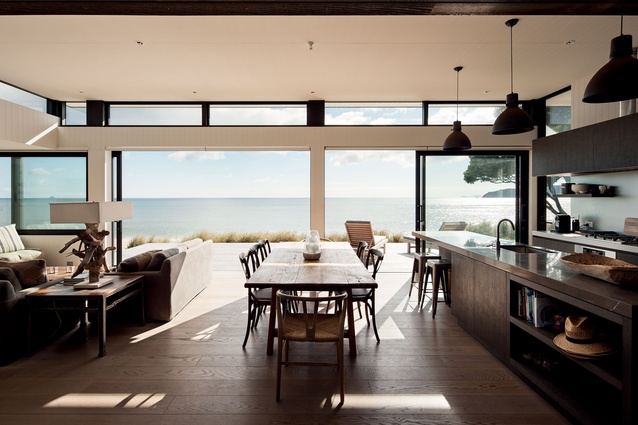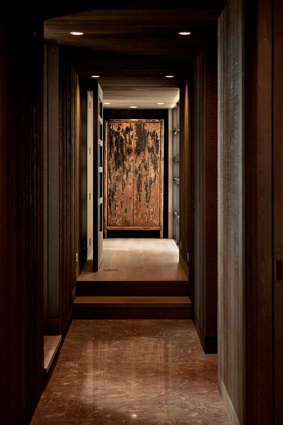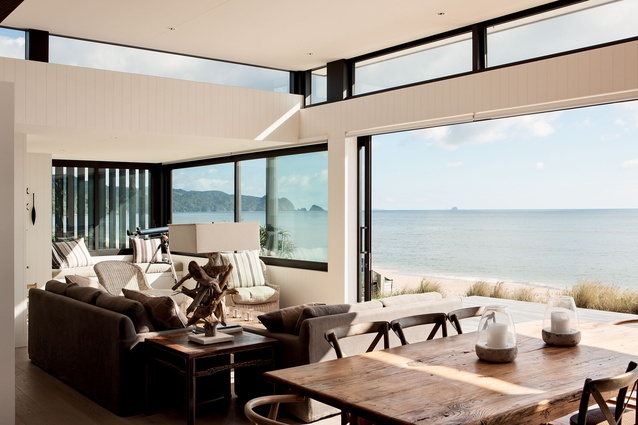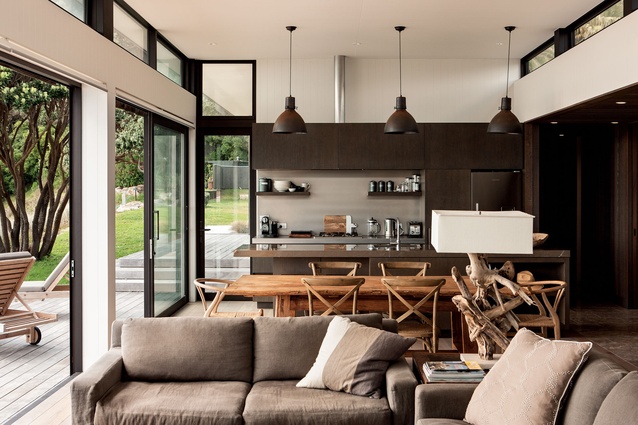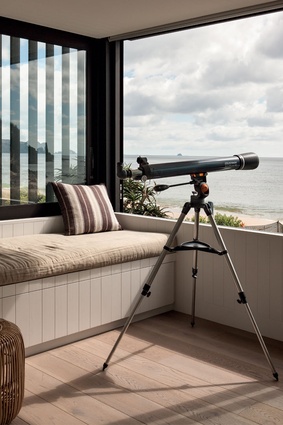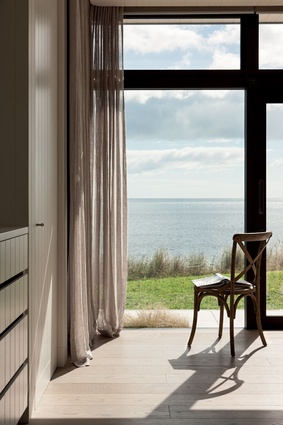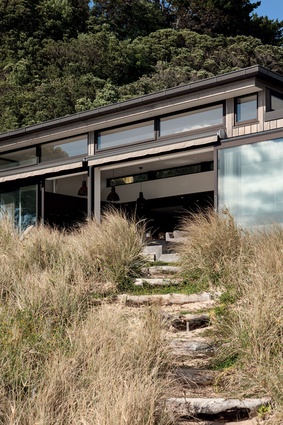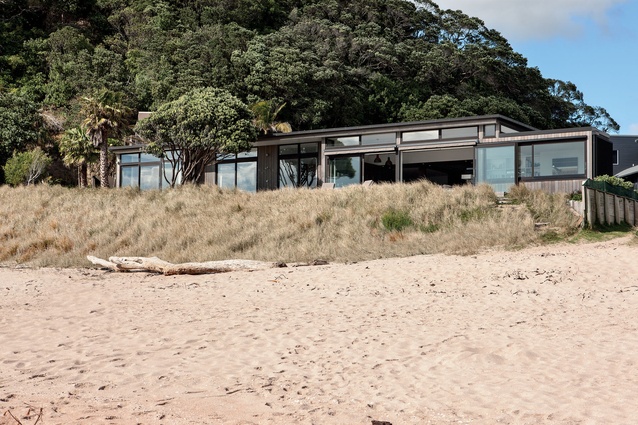Houses revisited: Tairua house
The sum of its parts - every detail carefully considered to create a singular whole. First published in 2013.
Town planning talk of late – particularly in Auckland – has centred on the need for medium-density housing as spare land becomes squeezed. It’s not just in our cities though that a shortage of available plots is being noticed. Beachside towns up and down the country are filling fast as holidaymakers jostle for prime positions.
Previously thought of as too difficult a site to build on, this beachfront plot had long remained bare; until the new owners saw an opportunity too good to pass up.
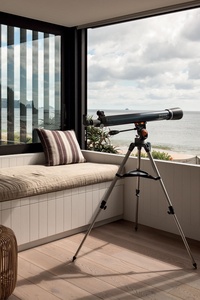
“I’m not sure I’ve ever come across an unbuildable site,” says architect Pip Cheshire, commissioned to design a three-bedroom family holiday home on the 672m2 site. “It’s purely a matter of reconciling the client’s wishes with the site’s constraints.”
Of which there were many; both imposed and environmental. On the environmental front was the site itself, which had become greatly eroded over time. The solution was to engage the services of a coastal scientist who was able to analyse storm and rising sea water data to formulate a plan of action. His recommendation was for the reinstatement of a large sand dune in front of the property that would bare the brunt of seasonal weather events.
“The dune is a suitably environmental response to the problem at hand,” says Cheshire. “At the same time it is also a very calculated addition, designed as it is to be entirely sacrificial.”
Which isn’t the only expendable element. Part of the conditions governing consent included that the house needed to be removable in the case of severe flooding. As such, the large oceanside deck isn’t actually attached to the house but rather has been designed as a separate element that will float free of the main structure. Additionally, the house sits on a beam foundation atop 25 six-metre piles.
Another environmental consideration was the wind loading, which perhaps not surprisingly can be off the scale.
“Given the mix of coastal environment and the wind, it’s a pretty ruthless environment, including high UV. From a design point of view, you end up trying to provide a range of living environments for different climatic conditions.
“In this instance there was a certain amount of inward thinking – trying not to be constrained only to the view – that led to the inclusion of the patio, which is essentially an outdoor element within the footprint of the house proper.”
Materials, too, were chosen for their ability to live up to the conditions says the architect – “materials able to withstand wind-driven salt and sand and age with a certain amount of grace”.
It was a consideration that also extended to the construction of the property as well, says builder Jerome Box.
“Everyone took ownership of the job and everyone had an area of expertise that they could call on to add value to the project. Across all disciplines, the level of craftsmanship on this job is second to none; to the point where the house is over spec in a lot of areas.
“In a number of cases we tackled the build with a mindset of ‘worst case scenario’ and when needed upped the level of materiality in response. Only using tanalised timbers on the exterior frame as well as stainless steel fixings, modifying the cavity system to make it more robust and applying a specialist painted finish on the structural steel. In short the house is pretty much bullet proof and should withstand just about anything the conditions care to throw at it.”
“In the end, the clients have gained a comfortable home and we’ve given a whole lot back to the foreshore as well,” adds Cheshire.
Click here to see more Houses Revisited. And sign up to our email newsletters to receive Houses Revisited straight to your inbox.
Note: These are stories from our archives and, since the time of writing, some details may have changed including names, personnel of specific firms, registration status, etc.

